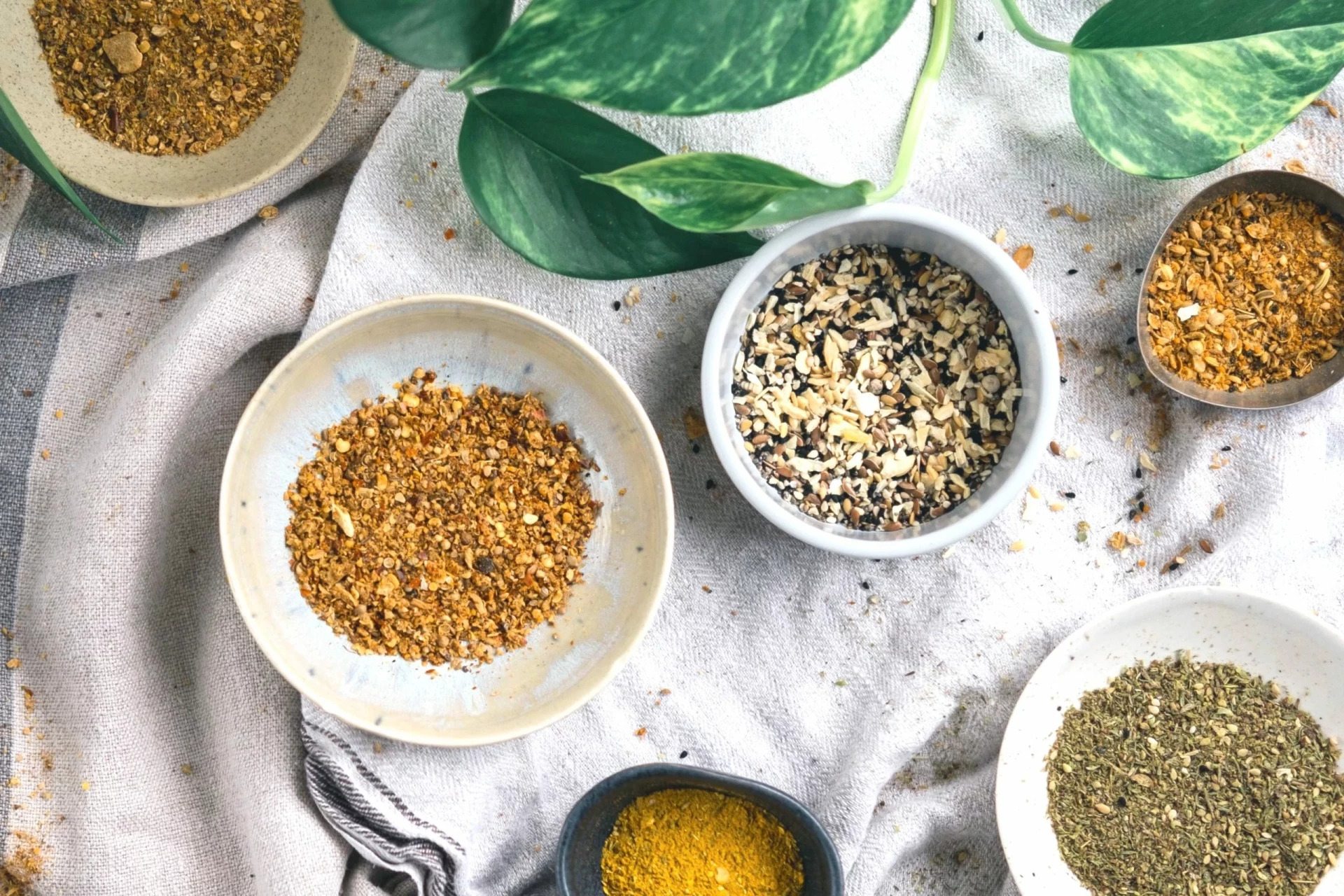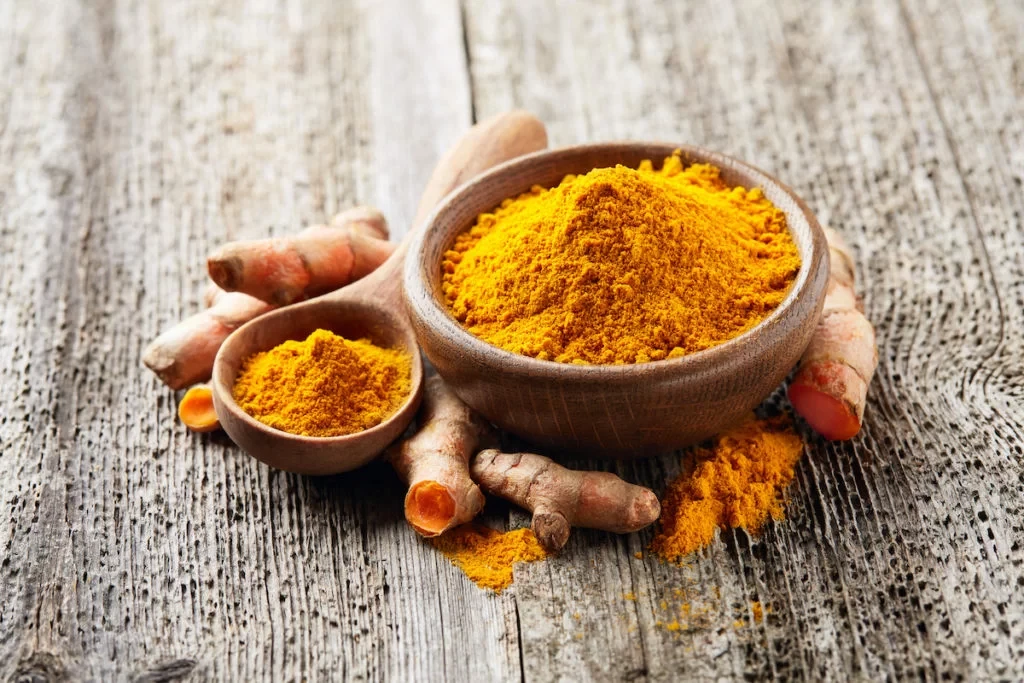
In this Article
Share
In Sanskrit, “ayuh” means life or longevity, and “veda” means science or knowledge. Ayurveda, a sister science to yoga, helps people realize their aptitude for wellness. Instead of addressing symptoms, Ayurveda emphasizes the prevention of illness through daily self-care practices, a holistic lifestyle, and an appropriate diet.
With Ayurveda, we can create and maintain the balance of body, mind, and consciousness according to our own unique constitutions. Herbs and oils play an important role in Ayurvedic medicine, but Ayurveda is an active journey of physical and mental awareness. It places particular importance on the connection between what is internal and external. Ayurveda encourages a thoughtful, daily regimen to reunite us with our true inner nature.
History of Ayurveda
Ayurveda is a holistic science that originated in ancient India’s Vedic period. It dates back to around 5000-6000 BC. Despite taking shape in India over thousands of years, Ayurveda lost its relevance in the sub-continent due to British colonial rule which lasted until the 1950s.
The holistic lifestyle of Ayurveda, despite its antiquity, has become the new-age mantra for natural living. The past few decades have witnessed a resurrection of the practice in the face of the stress and strain of our modern lifestyle. This ‘return to the roots’ movement has now spread to every continent.
Today, many people in India and in the west practice Ayurveda to improve their quality of life.
Principles of Ayurveda
Ayurveda is an accessible self care practice, making no distinction between education, wealth, or social status. The structured system is meant to be easy to visualize and understand. Practicing Ayurveda helps to restore the natural balance of mind, body, and soul. The first step to understanding Ayurveda is building a firm foundation on the three pillars of good health (Trayostambh). These three pillars are diet, sleep, and sexual conduct. Understanding the essence of these three essential aspects of health, helps to regain and maintain balance. By acknowledging preventative self care practices, focus can shift to the root cause of imbalance rather than the symptoms.
Examples of preventative self care practices:
- Meditate and live mindfully
- Eat a colorful, flavorful, and seasonal diet
- Strengthen your digestive power
- Engage in daily exercise for well-rounded fitness
- Get abundant restful sleep for regeneration
- Identify and eliminate what is not serving you
- Live in tune with nature (inner and outer nature)

The Doshas
The Ayurvedic system works on the concept of the three doshas — Vata, Pitta, and Kapha. Every human being is born with a unique combination of these three doshas.
The doshas combine the five elements: Ether, Air, Fire, Water, and Earth.
- Ether (Space) – Space is pure potential and infinite possibilities.
- Air – Air has the qualities of movement and change.
- Fire – Fire is hot, direct, and transformational.
- Water – Water is cohesive and protective.
- Earth – Earth is solid, grounded, and stable.
Each dosha has two primary elements: the two which influence them most.
Some people may be born with one dosha (e.g., Pitta dosha), or others may even have a dual dosha (e.g. Pitta-Vata dosha). The combination of doshas a person is born with is their “constitution by birth” or Prakriti.
Understanding Ayurveda
The two states of dosha are:
Prakriti – the constitution you are born with
Vikriti – the current state of your constitution
Each person is born with a unique physical and psychological constitution. The establishment of your constitution (Prakriti) happens at the time of conception. It is a combination of physical, mental, and emotional characteristics that you receive depending on the health of your parents. These remain the same throughout your entire life.
Our individual constitution changes depending on the choices we make in life. This ‘altered constitution’ is called Vikriti. Stress, poor eating habits, insufficient sleep, and extreme weather can alter the balance of doshas. This imbalance will manifest in some mental or physical form. Vikriti is an indication that your body’s natural balance is irregular due to dietary, environmental or lifestyle factors.
“
According to Ayurveda, the entire fabric of the universe is some combination of the five great elements (panch maha bhoot). Similarly, each human body also consists of these elements in different proportions.
The Qualities or The Gunas
Guna means quality or characteristic. In Ayurveda, everything has an inherent quality to help identify its suitability. It follows the principles ‘opposites balance’ and ‘like increases like.’ For instance, if you have a burning sensation in the stomach (heat/fire), you would want to avoid hot/fiery food. You can balance the heat with cooling food. There are 20 qualities (10 sets – a quality and its opposite/balance).
| Heavy | Light |
| Slow (Dull) | Sharp (Penetrating) |
| Cold | Hot |
| Oily | Dry |
| Smooth | Rough |
| Dense | Liquid |
| Soft | Hard |
| Stable | Mobile |
| Gross | Subtle |
| Cloudy (Sticky) | Clear |
Once you understand how these qualities affect you, you can use them to eliminate any imbalances in your mind and body. If you are feeling anxious, there is a lot of movement and no stability in the mind. To ground yourself and anchor your thoughts, you need to slow down to a steady pace. This may entail sitting mindfully in one place and listening to soothing music, doing some calming yoga, or even having a cup of warm milk as you read a delightful book.
The Seven Constitutions

According to Ayurveda, humans are born with a combination of Kapha, Pitta, and Vata. When the doshas of our constitution are in balance, we are in our Prakriti state or a Tridoshic. When doshas are out of balance, we live in a state of Vikriti. We can determine which doshas are out of balance by taking a simple online dosha quiz. The quiz involves a few questions with multiple-choice answers that take a few minutes to answer. The results usually vary among the seven types of constitutions:
- Vata Dosha: Imbalanced Vata
- Pitta Dosha: Imbalanced Pitta
- Kapha Dosha: Imbalanced Kapha
- Vata-Pitta or Pitta-Vata: Imbalanced Vata and Pitta
- Pitta-Kapha or Kapha-Pitta: Elevated Pitta and Kapha
- Kapha-Vata or Vata-Kapha: Elevated Vata and Kapha.
- Tridoshic or Vata-Pitta-Kapha: Equal amounts of all three doshas (perfect balance)
After determining a dosha imbalance (Vikruti), various Ayurvedic treatments and small lifestyle changes can help to restore balance to our constitution. The first step to finding the balance is identifying your primary dosha and understanding what is causing the disturbance. We encourage you to take our free dosha quiz as the first step to achieving a healthy body, mind, and soul.
The primary goal of an Ayurvedic treatment and practice is bringing balance to your current state and life. To do this, Ayurveda recommends dietary & lifestyle choices specific to your unique constitution that will help you return to a tri-doshic balance – a natural harmony. Simple self-care practices and remedies to cure imbalances can be added to a daily routine (called Dinchariya) at your own pace.
Even if you only practice the basics of this holistic lifestyle, it can lead to a better quality of life and a balanced emotional, mental, and physical well-being.
Recommended Amla
At bettergreenhealth, our editors make it easy to find quality products with their years of experience and testing. When making a purchase through any of our links, we may earn a commission which helps support this blog. We are grateful for your support!









